Conxa Rodà
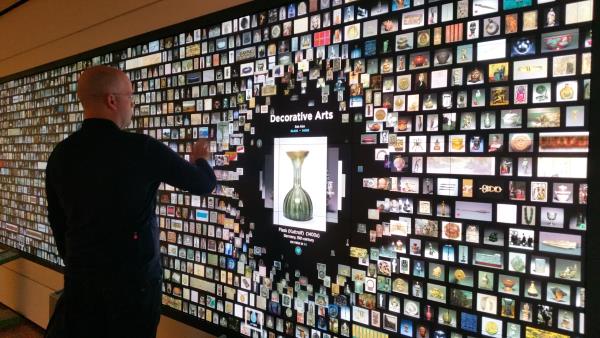
Our team at the National Museum have been active in several ways in this edition of Museums and the Web, held in Cleveland from 19th to 22 April: being part of the program Committee, members of the Jury of the Awards and giving 2 presentations: a 3-hours workshop on content strategy and a presentation of our participatory project Unique Visitors (more details below).
The richness and density of content, sessions and networking make, as usual, any summary complicated, and surely incomplete. I dare share some of the trends that are now much alive in museums, together with relevant links. As usual also, I strongly recommend browsing the Museums and the Web program for full access to keynotes and sessions.
As for numbers, Museums and the Web attracted 450 participants from 25 countries. More than 150 papers and sessions were held and more than 1,000 #MW17 tweets published.
Trends
- Accessibility is still a challenge for most museums. As internationally recognised expert Sina Bahram said on the opening session, inclusion can not be a day-two-problem on projects, should be included from the very beginning. One of the many novelties of #MW17 was the inclusive design incubator where projects could be presented to get advice on accessibility. Sina reminded attendees to describe images on tweets to make them accessible: Making images accessible for people on Twitter.
A new Community of Practice on Accessibility was launched.
_
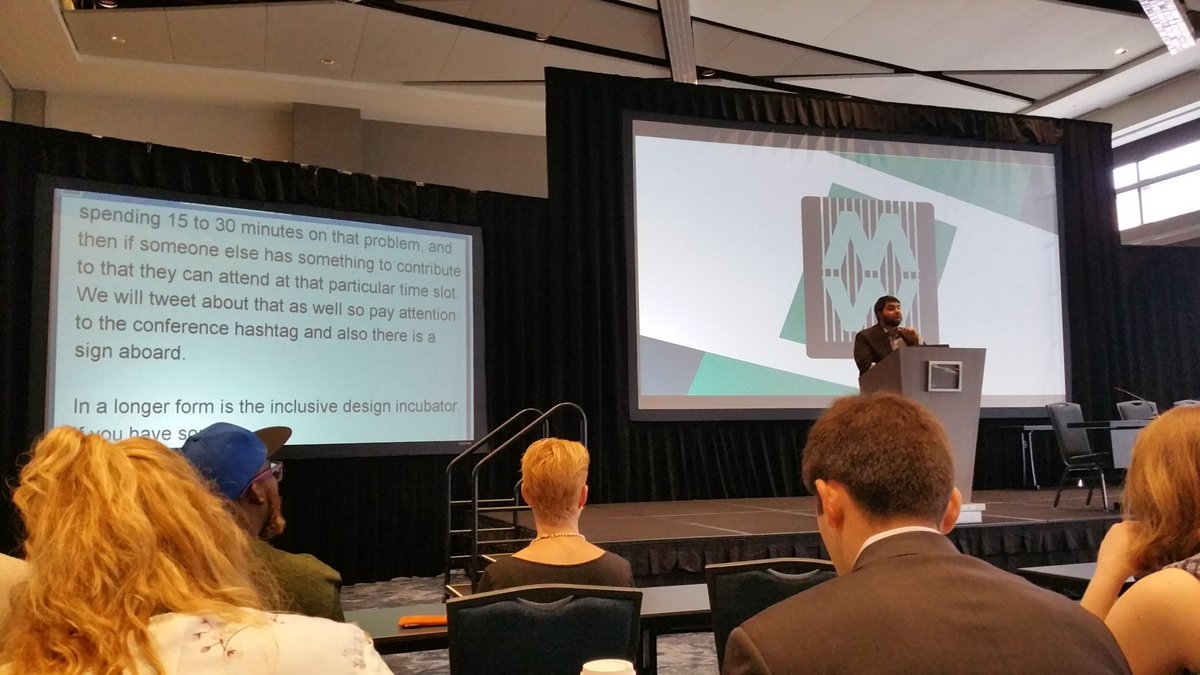
More user research is needed. If we are to tailor museum content and experience we need to know more about our audiences. Not just demographics but also interests, motivations and behaviour.
Work-in-progress of our Visitor Journey Mapping during the workshop conducted by Allegra Burnette and Liz Neely
_

Happy to say that the Content Strategy workshop I run was attended by a highly participatory group.
_
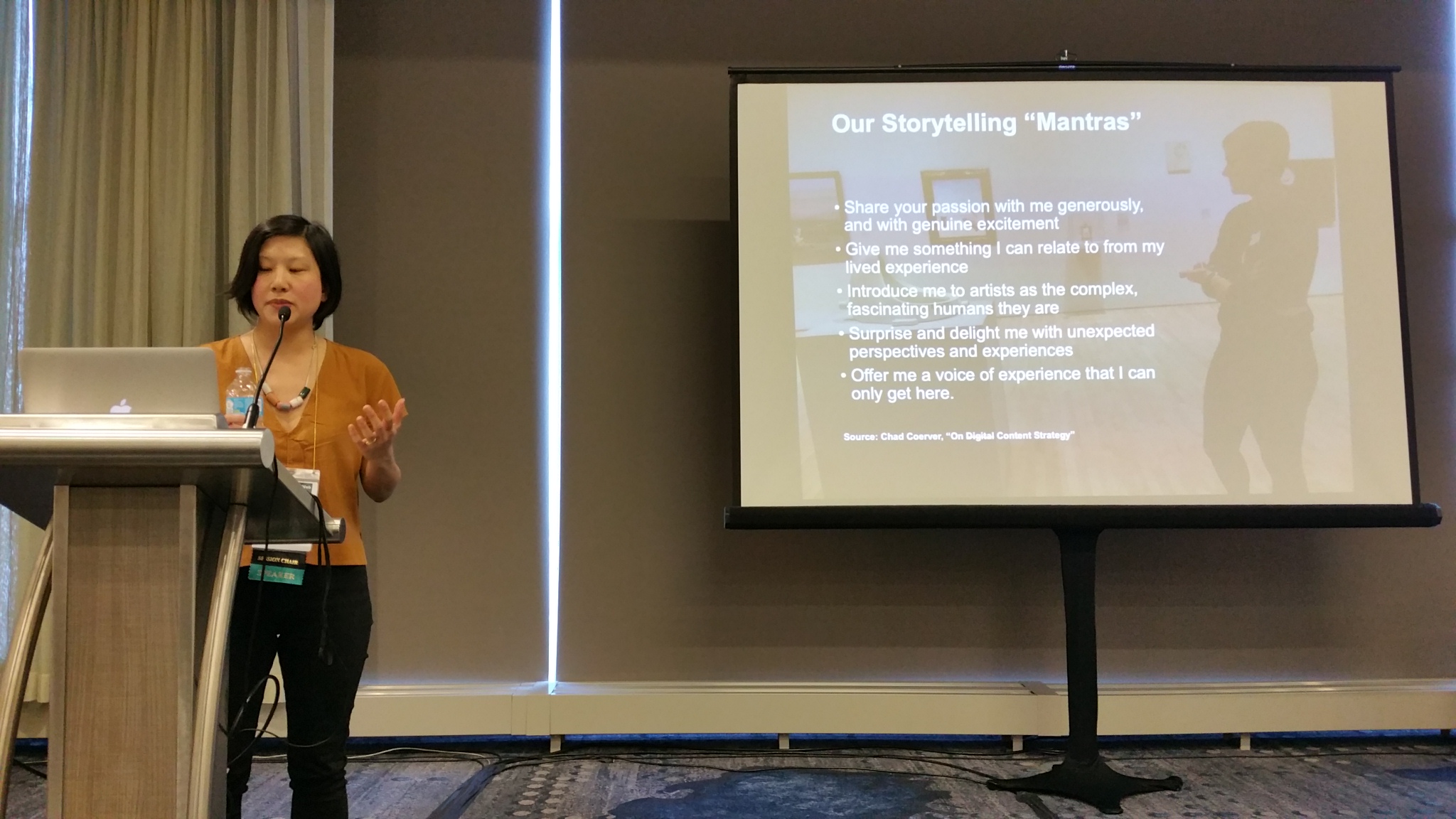
During the What’s mobilizing museums? Session, the awarded SFMOMA app was presented at length. The project is pivoting around the idea of “Tell a story, no the story” (yes, really, no need to try to explain everything we know about our collection!). Proof of the effectiveness of this approach is that their ‘ImmersiveWalk’ of 45 minutes is the most popular part of the app and is completed by 75% of their users.
It was on this session that together with Ana Basso, we presented the participatory web and app Unique Visitors. This is a joint project run by our museum and the start up that has proved valuable for our users to establish connections with the collection. So far, more than 100 routes have been created by our users, thus providing a more direct and fresh approach to the artworks. During the presentation, we shared an overview of the agile process followed:
Among the challenges for mobile apps, there is still improvement to be made regarding indoor geolocation. Sometimes the info you get in the app doesn’t accurately present the one you’re expecting related to where you are in the museum which may cause frustration.
These notes of the session were accurately taken and shared by Miranda Kerr.
_
Digital Strategy Professional Forum [click images to enlarge]
Collecting data in an integrated way and analyzing them will provide us with knolewdgeable insights to improve museums’ performance. On top of clear visualisation, it is recommended to tell a story with data.
_
I was really struck to learn that the Franklin Institute has already a Virtual Reality strategy!

Among the Demos, we had a Catalan VR project, presented by my colleague Albert Sierra from the Directorate of Heritage of the Generalitat de Catalunya (Catalan government) about the archaelogical site, Ullastret, an Iberian town of more than 2000 years. The VR that can be also experienced outside the site, has been complemented with an immersive room onsite.
_
Several sessions and projects were focused on this high-priority segment.
To name a few:
– Journey Maker by the Art Institute of Chicago, that offers a nice hybridation digital/physical experience. Young visitors can build their own journey on a multitouch table, and then visit the galleries following their selection.
Video Journey Maker at the Art Institute of Chicago
– The Visual literacy (VL) program, developed by the Pratt Institute, shared the results of a study based on 3-5 year olds, covering the basic VL elements: color, line, shape and texture.
– Teens and Social Media are a perfect match. The project #TeensCan: Let Teens Be Your Social Media Voice, presented by the Monterey Bay Aquarium, launched “by teens, for teens” social media accounts. An excellent way to engage teens with the museum and also involve them in helping the new teams of peers.
– Also for teens, an app by the Kimbell Museum of Arts was presented: 7 Way To Engage Teens At Your Museum (p.s. it ain’t just about Snapchat).
– On the schools field, a winner project was Museum at Your Fingertips: Telepresence Tours for Schools by the Balboa Park, to test the ability of a telepresence robot to provide remote tours for classrooms. Students’ observation and tests were conducted. It turned out that combining the robot with a museum educator interaction resulted in a better experience.
– The Van Gogh Museum presented the Van Gogh at school online platform, addressed to primary school teachers.
_
The published MW paper Open innovation: Open movements and the role of a museum in the 21st century covers all aspects, from open source, open data, open participation, to open hardware. It provides a thorough overview and contains a useful chart to assess the effectiveness of open initiatives in museums.
Among the excellent museum examples on open data out there to follow there are: Rijksmuseum in Amsterdam, SMK (Statens Musem for Kunst in Denmark), Museum für Kunst und Gewerbe in Hamburg, Germany, or the recent MET open images release to name a few.
It was a coincidence that, during MW, the openGLAM sector was mobilised for a conference in Hamburg, Germany, organised by the Museum für Kunst und Gewerbe and the University of Hamburg and led by Antje Schmidt and Gertraud Koch around openness: “Sharing is caring”. The opening keynote by Merete Sanderhoff is available online: How starting small can change the (museum) world. And here the written version of the opening speech by Antje Schmidt.
GLAMiAwards
The 2017 edition of the Awards has undergone a renovation in format, categories and presentation of proposals, now requesting a video to be included, on top of a stronger accent on innovation and accessibility.
Excellent projects were presented that made it quite hard for the Jury to reach the final decisions. I recommend to explore the winners and finalists projects that can be of inspiration for us all, as well as to access the whole list of all projects presented to the GLAMi Awards 2017.
I hope to see restablished next year the popular vote for the Awards!
Gallery One
Gallery One, in the Cleveland Museum of Art, deserves a specific spot in this post. I had talked so many times about the impressive Collection Wall and finally I have been able to touch it, to experience it.
Beyond the wow effect –which is probably the first one you feel when you’re in front of the huge 40-foot interactive, multitouch wall–, you get to explore the collection in a truly engaging way, enjoying the visuals and discovering the museum treasures.
Attendees could test the new Gallery One prototypes onsite.
Collection Wall, Cleveland Museum of Art. Photos: Conxa Rodà [click images to enlarge]
The Studio Play –“play, create, connect” –“ is the space for a greater interaction and engagement. There is not just your hands or eyes, it’s your whole body that interacts with the artworks digitally screened. As simple as it may seem, the drawing of a given shape and instantly seeing an artwork that contains that shape you draw is very powerful. It won a well deserved MW Award under the “Groundbreaking” category.
MW attendees enjoying the Studio Play
Impossible to condense the conference here. 3D, Linked Open Data, Artificial intelligence, smart museums, machine learning, voice technology and more were discussed and explored. I’m sure others will also blog and share their insights, like Kate Meyers Emery in Broadly Applicable Lessons from Museums and the Web 2017. Plus, presentations and videos will be uploaded in the next few days and weeks.
In spite that the MW audience are heavy digital users, having the opportunity to have face-to-face conversations proves to be of highest value. I believe we all came back full of ideas and energized to be part of such a thriving dedicated community around the world making our case for digital interpretation. Museums’ change is happening and digital –and us– are accelerators to make it happen (a little) faster!
Being part of the MW Committee program and of the Jury of the Awards has been a great honour. Thank you Museums and the Web (Nancy Proctor, Titus, Hiroko, Rich + volounteers) and Cleveland Museum of Art (Jane Alexander and team) for your hospitality and great work.
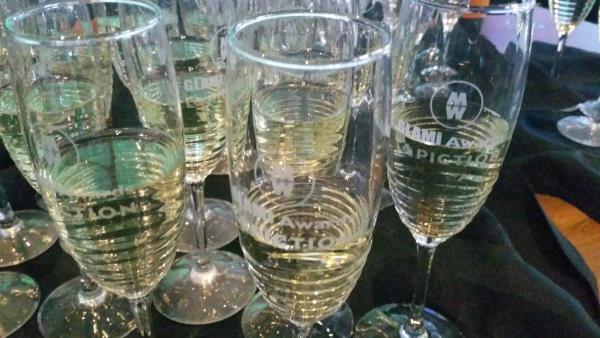
If you attended #MW17 which would your favs be? If you didn’t attend, what other issues you feel are essential to be discussed or actions taken? Please share your views on the comments below.
Recommended links
Tour of Gallery One at Cleveland Museum (MW tour, video, 15min)
List of all projects presented to the GLAMi Awards 2017
MW archive, contains all 2017 papers presented as well as all from the past conferences.
Digital Experiences_Museums and the Web Asia 2015 take aways, blog Museu Nacional, 2015
What’s next for Museums? Take aways of #MuseumNext, blog Museu Nacional, 2015
Do we have a content strategy in museums? Do we need one?, blog Museu Nacional, 2016
Open access can never be bad news, Merete Sanderhoff, 2017
Co-directora del Curs d'Estratègia Digital_UOC_Museu Nacional d'Art de Catalunya
Co-directora del congrés CIMED de Museos y Estrategias Digitales

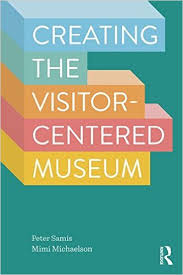


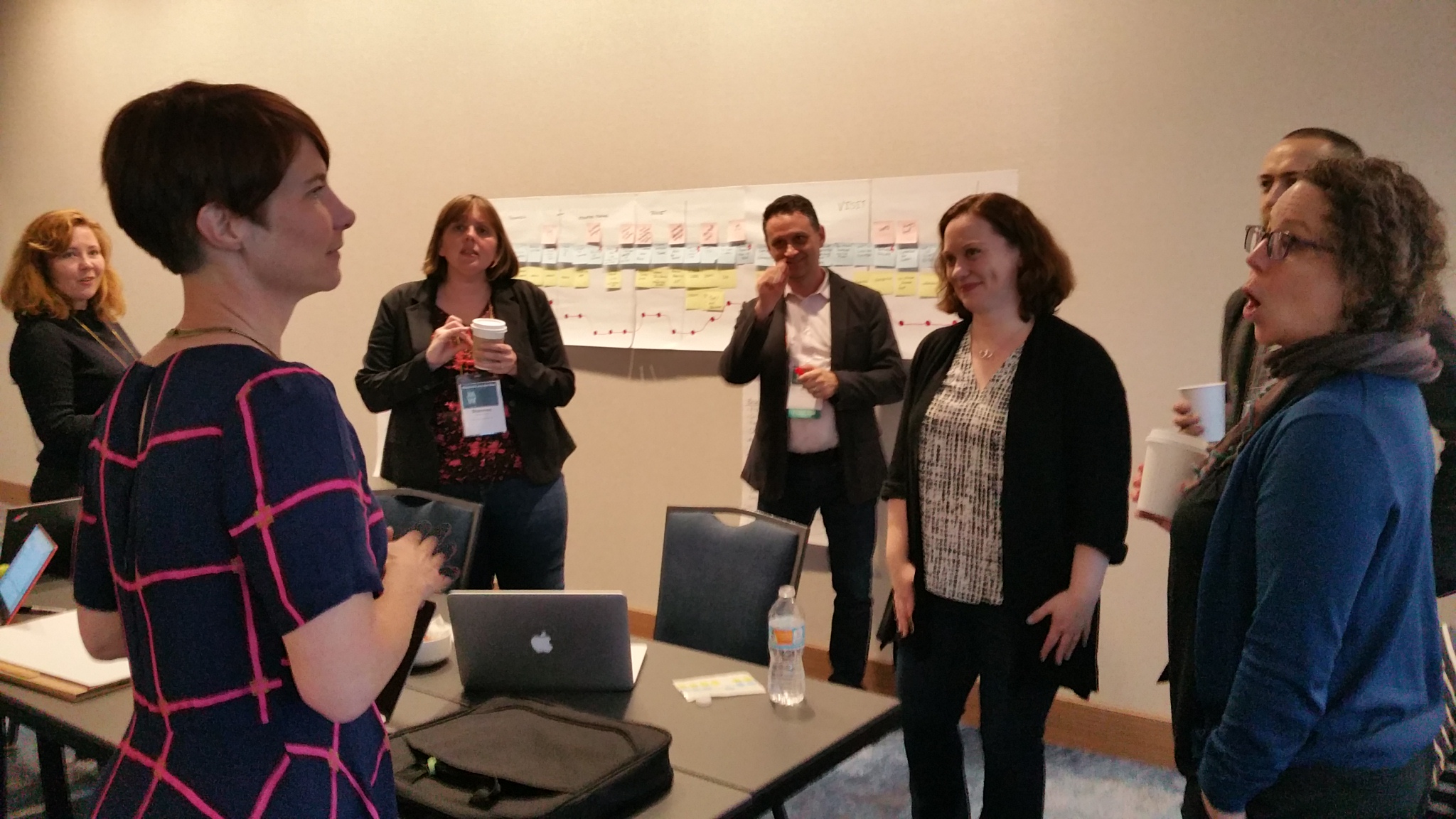
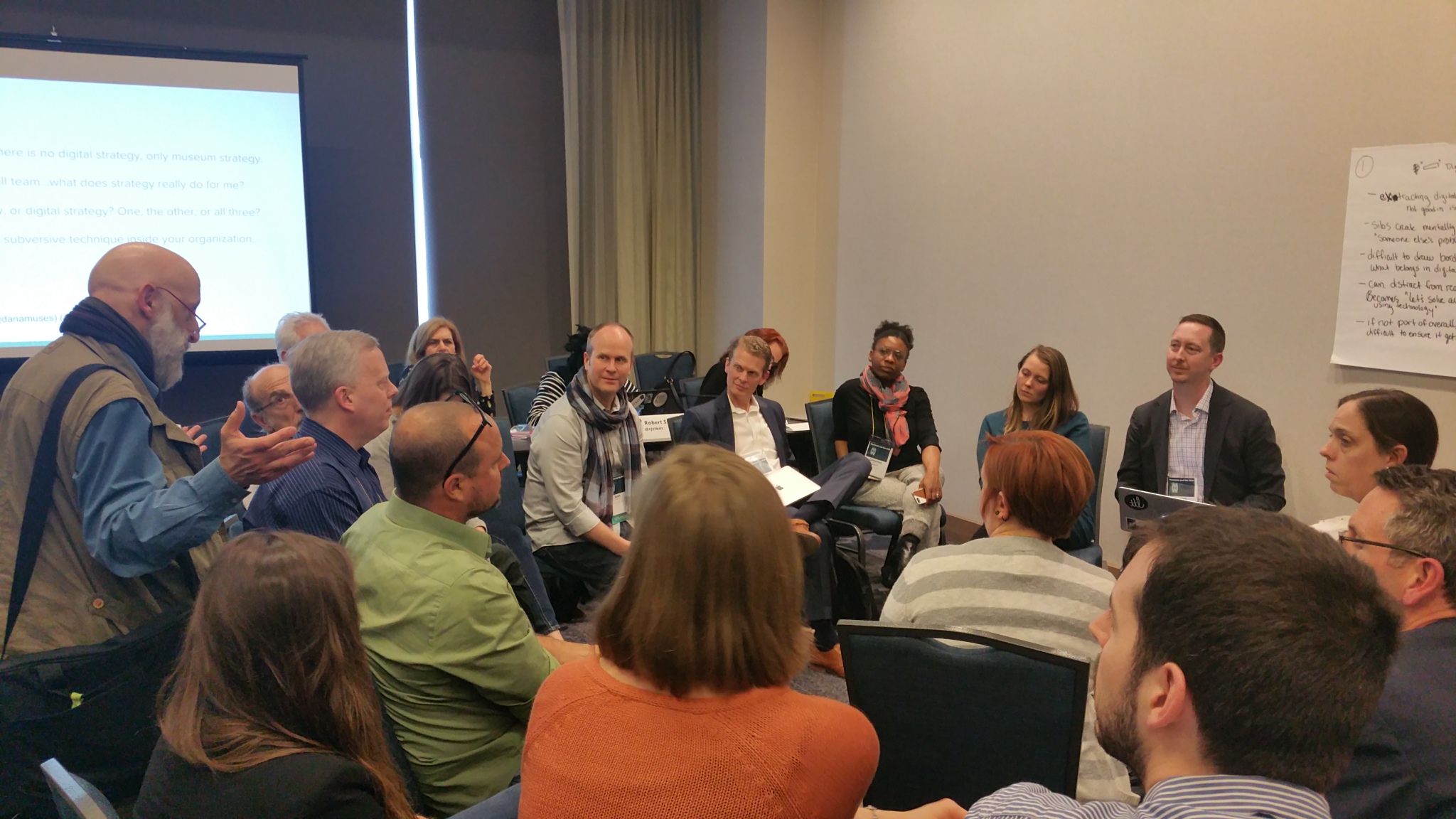
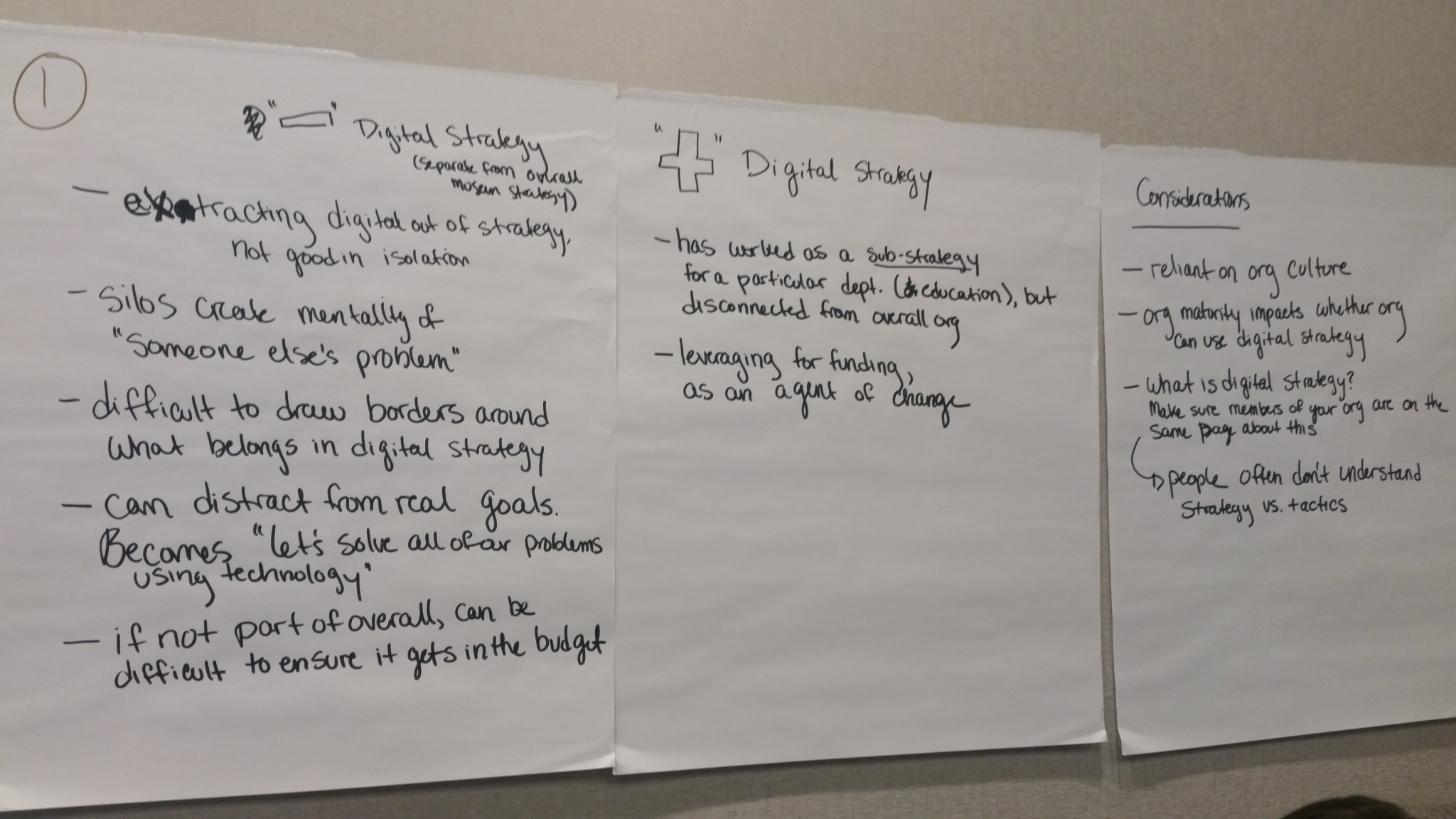


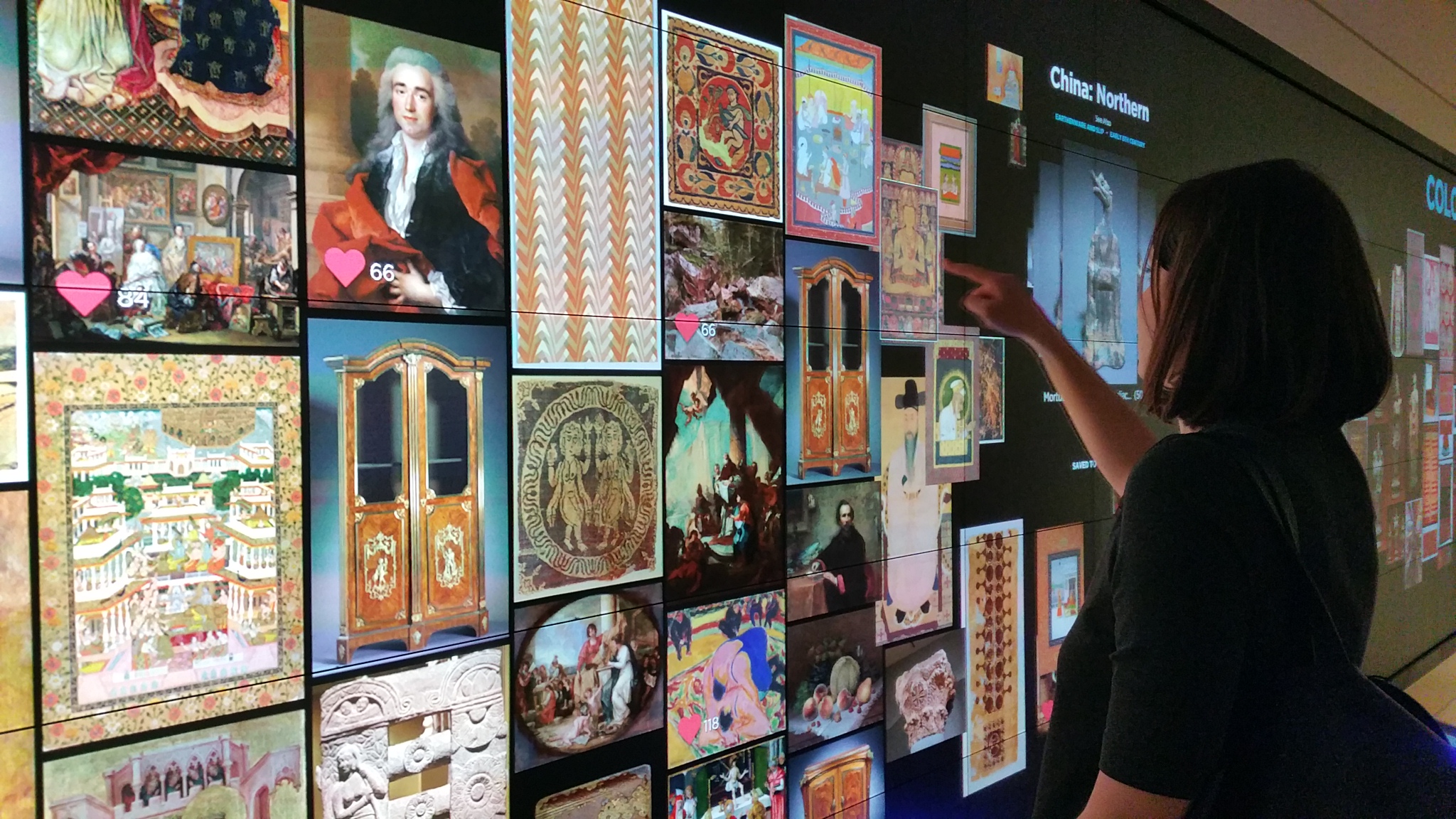



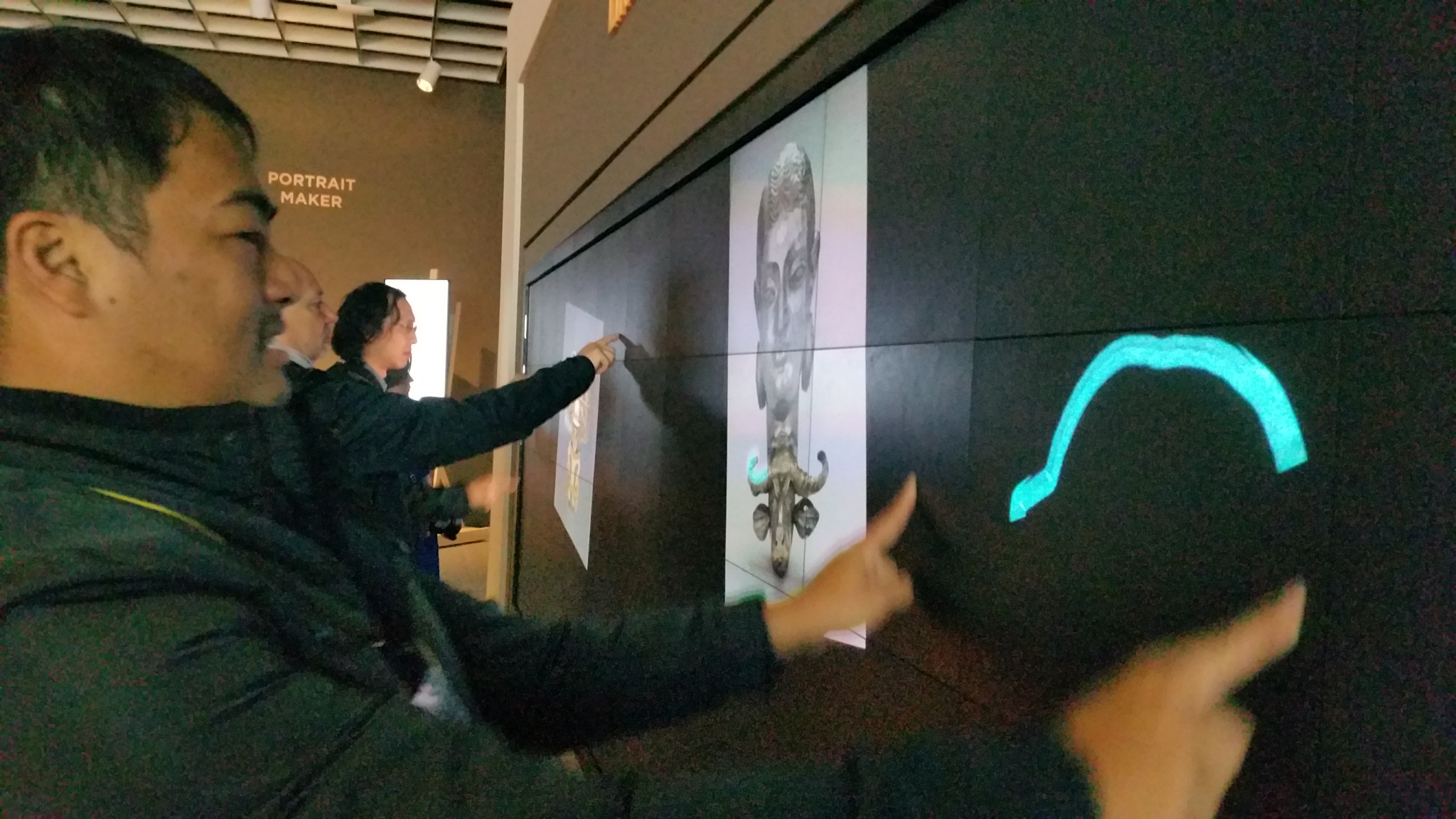
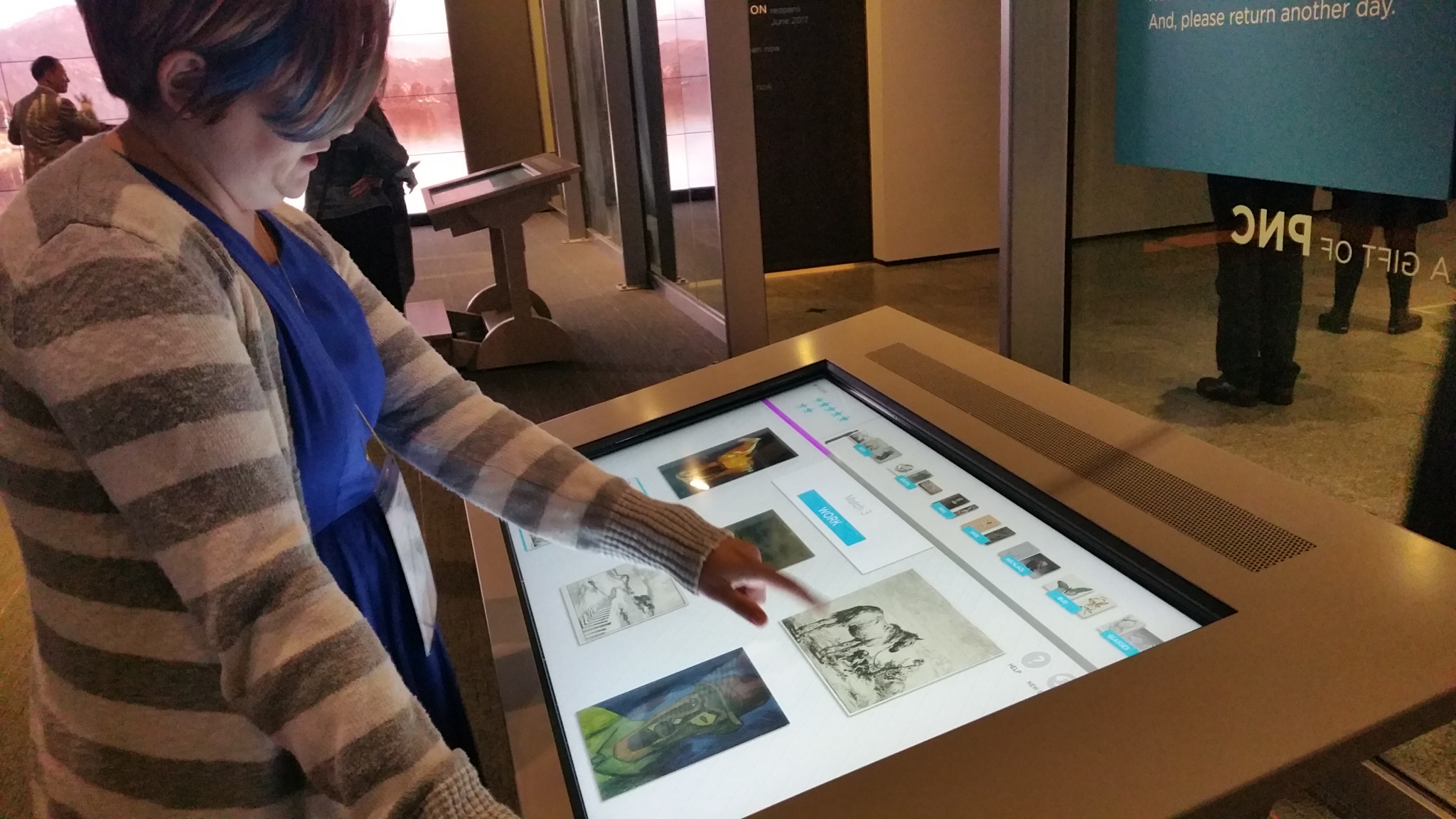







3 Comments
Dear Conxa,
thank you very much for your insights and for referring to the “Sharing is Caring – Hamburg Extension” conference ( #sharecarex ). It was organized in collaboration with Gertraud Koch, Professor of Cultural Anthropology at the University of Hamburg. We hope that it brought the discussion about #openGLAM in Germany to a new level and inspires other GLAMs in Germany to establish a public domain policy like we did at the Museum für Kunst und Gewerbe Hamburg or open up step by step. Always good to see that it is an in important part in discussions about museums around the world! Thanks for sharing!
All the best,
Antje
Vielen Dank, Antje.
Information about #sharecarex updated.
Yes, open is a step-by-step process, but clearly a goal we museums will sooner or later achieve (eventually) 😉
Best,
Conxa
[…] Fotografía principal: Blog del Museo Nacional d’Art de Catalunya. 10 Key takeaways from Museums and the Web 2017. […]